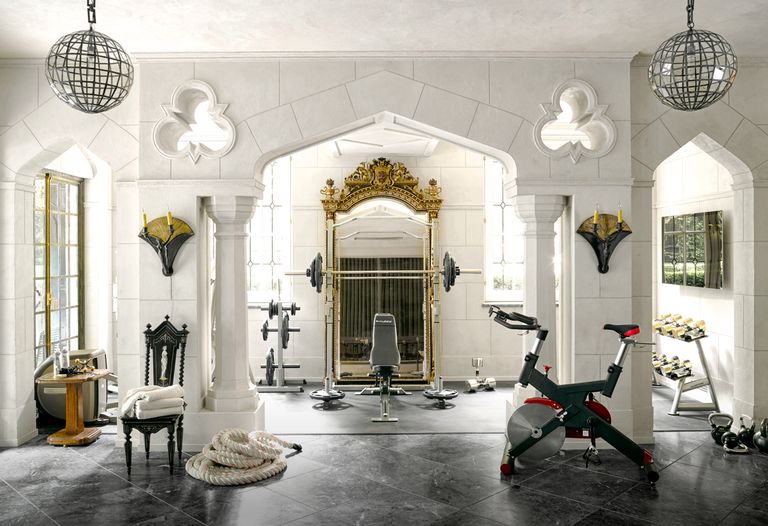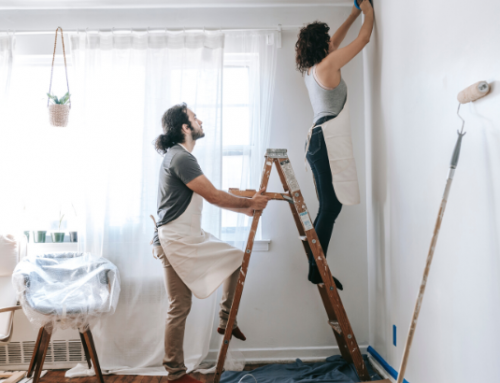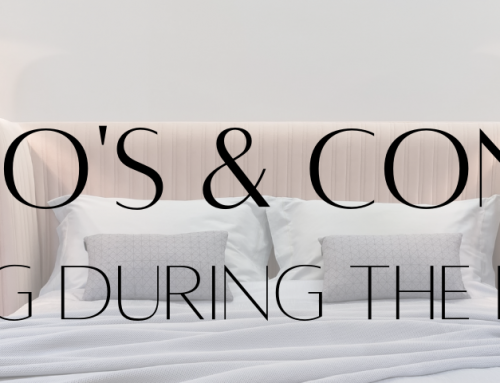Home gyms—all the rage right now—are sleeker and chicer than ever before.
By SEP 25, 2020
The days of the grungy pain cave or the unfinished basement with a dusty weight bench are over. When the pandemic shut down public gyms across the country, it also propelled the home gym from afterthought to design priority and highlighted what fitness buffs have known all along: Where you work out matters almost as much as how you work out.
“The home gym is no longer the stepchild to the rest of the house,” says the New York–based ED A-List designer Richard Mishaan, who is in the midst of building a new workout space at his house in the Hamptons. “What we would ordinarily do as a home gym has dramatically changed since COVID. It’s commanding more attention, more space, and more of the budget.”
For his own residence, as well as for clients in Palm Beach and the Hamptons, Mishaan is designing gyms with yoga studios that double as places to hang out between exercise sessions, with a level of finish and atmospheric lighting equal to the living room or library. “We call them ‘recovery rooms,’ ” he says. “There’s a fireplace and a couple of comfortable oversize lounge chairs where people can just grab a book, sit down, and relax.”
Allowing such flexibility is the trend toward gyms with fewer, more compact pieces of equipment, which is being driven by the popularity of Peloton bikes, Mirrorsystems, and TRX bands. “There is less equipment now, because you can get a full-blown workout out of smaller, less bulky pieces,” says the Los Angeles–based ED A-List designer Brigette Romanek. “There’s more interest in meditation and creating places that help people unwind versus places that are only for hard-core workouts.”
That shift in desire has encouraged Romanek to veer far away from white-box gyms with rubber floors. “It’s OK to plaster the walls in different colors, and it’s OK if your mirror has a little tint to it,” she says. “We’ve also done colored cement floors and a carpet over soft flooring.”
Of course, some fitness devotees prefer a more stripped-down, rough-and-tumble atmosphere. But even in those cases, the home gym can be designed as a destination that feels as appealing as a private club. “Everybody has their own routine, and what they choose really depends on their fitness regimen,” says New York ED A-List designer Robert Stilin. For some clients, he has designed gyms with weathered wood paneling and exposed ceiling joists, industrial-style lighting and fans, and vintage leather chairs and benches. “It’s a masculine, old-time gym vibe,” he says. “It’s about creating an environment.”







